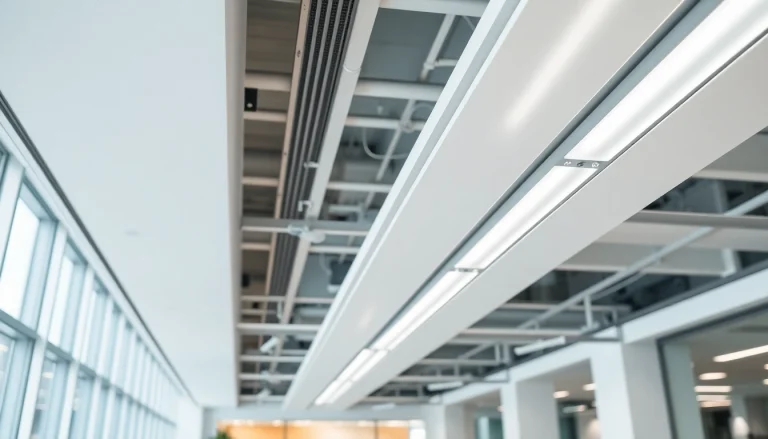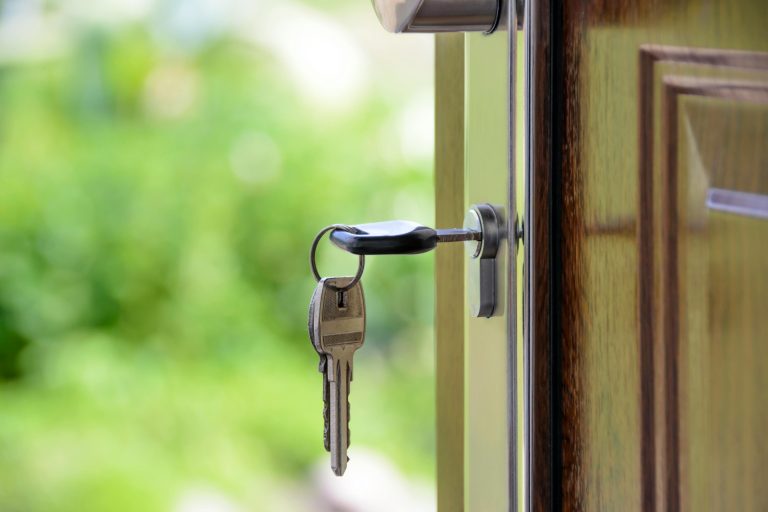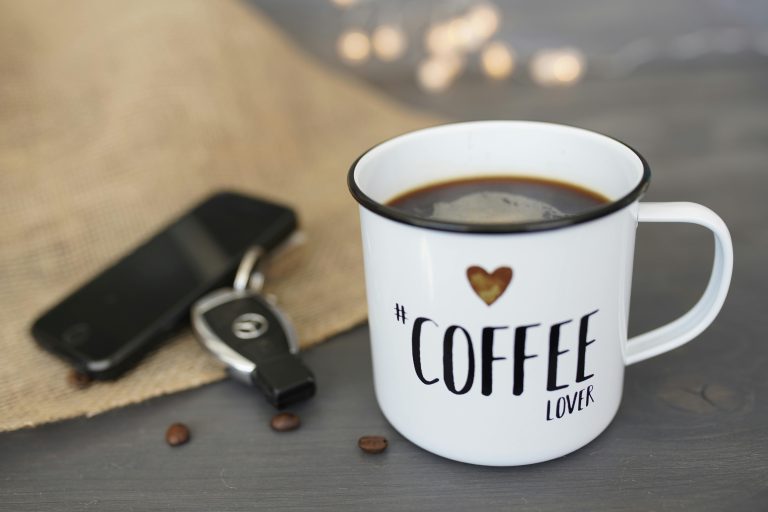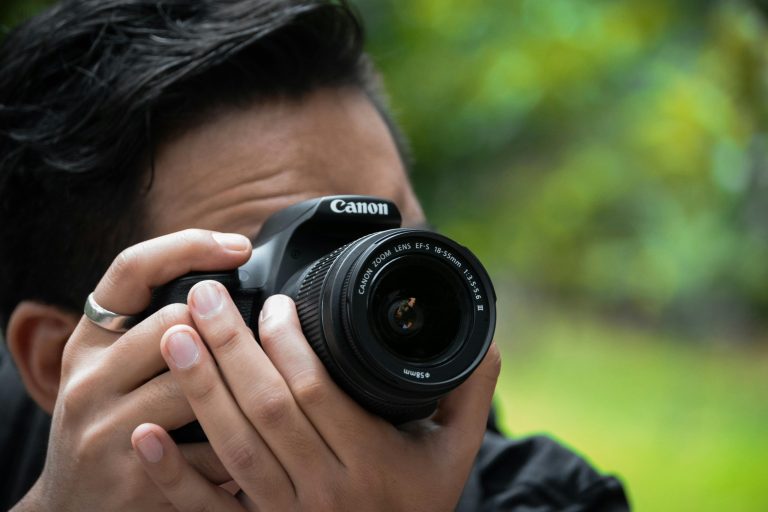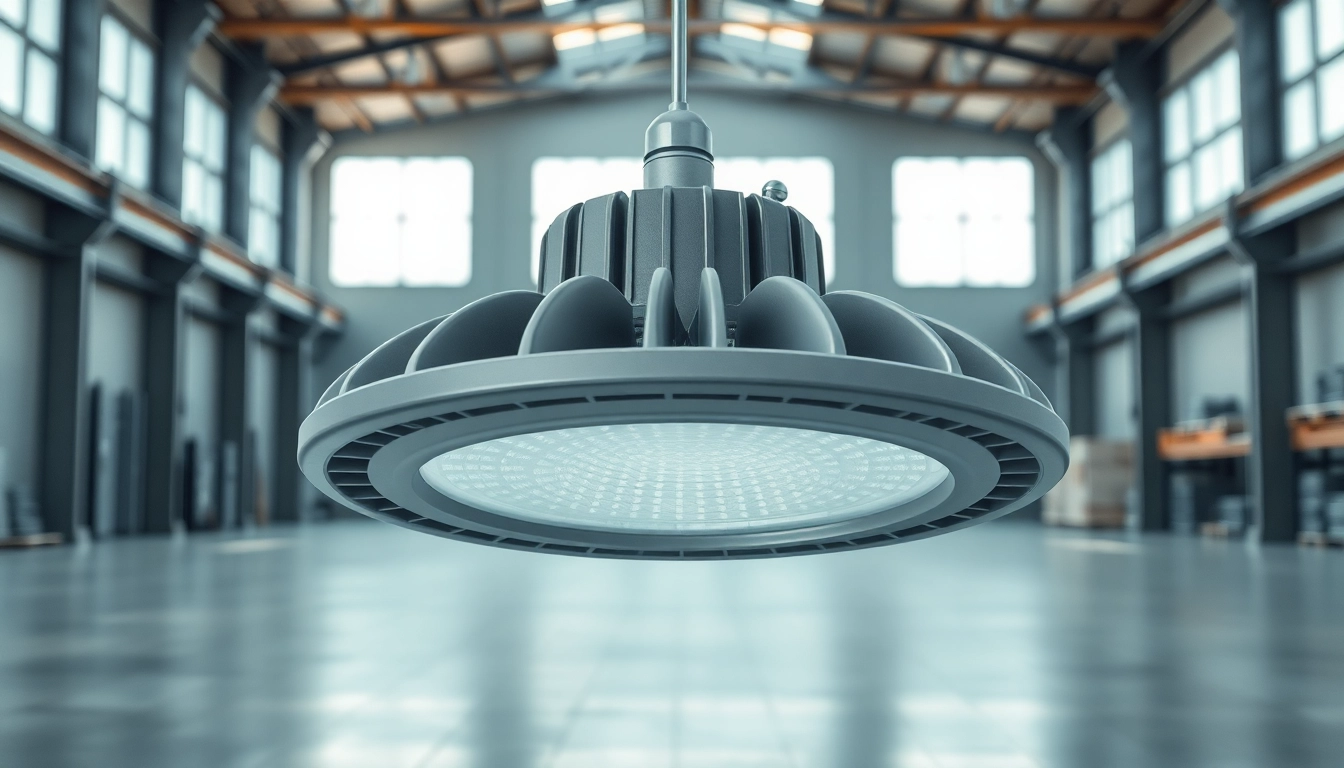
Understanding Vapor Proof Light
What is Vapor Proof Light?
Vapor Proof Light, characterized by its durable construction and high resistance to moisture and dust, is designed specifically for environments susceptible to harsh conditions. These fixtures are engineered to prevent the ingress of water vapor, making them ideal for use in various industrial, commercial, and outdoor settings. The primary components include tempered glass or polycarbonate lenses and strong housings ideally tailored to withstand challenging conditions without compromising safety or lighting quality. This specialized lighting solution is essential in environments where exposure to humidity, water, or even corrosive substances could adversely affect standard lighting systems.
Key Features of Vapor Proof Light
Vapor Proof Lights come with several standout features that distinguish them from standard lighting fixtures:
- Ingress Protection (IP) Rating: Vapor Proof Lights typically boast an IP65 rating or higher, indicating their resistance to dust and water.
- Durability: Made from robust materials, these fixtures can withstand impact, vibration, and harsh chemicals, making them suitable for rigorous applications.
- Energy Efficiency: Many Vapor Proof Lights utilize LED technology, which offers lower energy consumption and greater longevity compared to traditional bulbs.
- Versatile Mounting Options: Available in various forms—suspended, surface-mounted, or wall-mounted—ensuring flexibility in installation.
How Vapor Proof Light Differs from Standard Lighting
At its core, Vapor Proof Light is designed to perform in environments where standard lighting would fail. Unlike traditional fixtures, which may short-circuit or degrade under moisture, Vapor Proof Lights use sealed enclosures and corrosion-resistant materials to maintain performance integrity. The differences extend beyond construction materials; these fixtures often have improved thermal management features, reducing overheating and extending bulb life. When comparing both types of lighting solutions, one will find that Vapor Proof Lights provide a reliable solution in conditions that are far from ideal.
Applications of Vapor Proof Light
Best Environments for Vapor Proof Light Utilization
Vapor Proof Lights find extensive applications in various sectors, notably:
- Industrial Settings: Factories and warehouses often experience high levels of dust and moisture, making Vapor Proof Lights essential for safe and effective illumination.
- Food Processing: In facilities where hygiene is paramount, the ability to withstand moisture while providing adequate lighting is non-negotiable.
- Outdoor Spaces: Parking lots, walkways, and outdoor service areas significantly benefit from the durability and reliability of Vapor Proof Lights.
- Gas Stations: Exposed to vapors and potential spills, these facilities require lighting that can handle such challenges. Vapor Proof Light is often the favored choice.
Case Studies: Successful Implementation
Numerous examples illustrate how Vapor Proof Lights have transformed challenging environments:
One notable case involved a large food processing company that transitioned to Vapor Proof Lights to enhance visibility in their production areas, which often experience condensation and spills. Post-installation, they noted a significant reduction in lighting maintenance costs and improvements in workplace safety due to better visibility.
Another study involved a municipal outdoor facility that saw a marked decrease in crime rates after installing Vapor Proof Lights in parking areas, giving patrons a sense of safety regardless of weather conditions. The robust lighting solutions not only improved visibility but also enhanced the overall aesthetics of the space.
Regulatory Compliance and Standards
Vapor Proof Lights must adhere to strict regulations and standards set by organizations such as the National Electrical Code (NEC) and Occupational Safety and Health Administration (OSHA). Compliance with these standards ensures that the fixtures can be used safely in designated locations. These regulations often govern aspects such as wiring methods, wire types, and the use of trustworthy materials to prevent hazardous conditions. Regular assessments and compliance audits guarantee that these fixtures remain in good standing with regulatory requirements.
Advantages of Choosing Vapor Proof Light
Energy Efficiency and Longevity
One significant advantage of Vapor Proof Lights is their energy efficiency, especially those utilizing LED technology. These lights not only consume less power than traditional incandescent bulbs but also have much longer lifespans—often rated for 50,000 hours or more. This longevity means reduced replacement costs and less downtime to switch out failed lights, making them an economically wise option for organizations, especially in environments where changing fixtures is labor-intensive.
Safety Benefits in Hazardous Locations
In environments where explosive gases or flammable materials are present, Vapor Proof Lights provide a crucial safety measure. Their design minimizes the risk of sparks or overheating, essential in setting up safe working environments. Moreover, their robust exteriors ensure they can withstand impacts without shattering, preventing injuries caused by broken glass. Implementing these lighting solutions adds an additional layer of safety for personnel operating within high-risk areas.
Cost-Effectiveness Over Time
While the initial investment for Vapor Proof Lights may be higher than standard lighting options, the long-term savings can be substantial. The cumulative benefits of reduced energy expenditures, lower maintenance costs due to their durability, and the potential for fewer workplace accidents due to improved lighting lead to significant cost savings for businesses over time. Additionally, with the potential for utility rebates and incentives, companies investing in energy-efficient Vapor Proof Lights can further offset their initial expenses.
Installation and Maintenance of Vapor Proof Light
Installation Best Practices
Proper installation of Vapor Proof Lights is crucial to maximizing their effectiveness. Here are some best practices to consider:
- Follow Manufacturer Guidelines: Always adhere to the installation instructions provided by the manufacturer, as these have been tailored to ensure optimal performance.
- Consider Fixture Placement: Understand the areas that require illumination. Adequate spacing between fixtures prevents dark spots that could create safety hazards.
- Use Appropriate Accessories: If required, utilize suitable mounting brackets, wire connections, and seals to maintain IP ratings and protect against environmental factors.
Maintenance Tips for Longevity
To extend the lifespan of Vapor Proof Lights and to ensure they function effectively, consider the following maintenance tips:
- Regular Cleaning: Dust and grime can accumulate on fixtures, diminishing light output. Schedule routine cleaning with appropriate non-abrasive materials.
- Routine Inspections: Periodically checking fixtures for signs of wear, corrosion, or damage can preempt major issues and ensure safety.
- Prompt Replacement: If any components are found to be faulty during inspections, prompt replacement can prevent further damage and ensure continuous operation.
Common Troubleshooting for Vapor Proof Light
Even the most reliable fixtures may occasionally face challenges. Here are common troubleshooting tips:
- Light Not Turning On: Check for power issues, including blown fuses, tripped circuits, or faulty wiring connections.
- Flickering Light: Flickering may indicate a poor electrical connection or a defective driver. In this case, replacing the driver or tightening connections can resolve the issue.
- Moisture Inside Fixture: If moisture appears inside the fixture, inspect seals and gaskets for any damage. Replacing worn seals can restore the fixture’s integrity.
Future Directions for Vapor Proof Light Technology
Innovations in LED Vapor Proof Lighting
As technology advances, so does the capability of Vapor Proof Lights, particularly in the realm of LED technology. Current trends show a focus on increasing lumens per watt, ensuring brighter lighting with lower energy consumption. Innovations such as tunable white lighting allow users to adjust light temperatures according to specific tasks, further enhancing utility without sacrificing energy efficiency. Additionally, smart technologies integrated into Vapor Proof Lights can monitor energy usage and performance, providing valuable data for maintenance and efficiency tracking.
Trends in Eco-Friendly Manufacturing
With a growing emphasis on sustainability, manufacturers are increasingly adopting eco-friendly practices in producing Vapor Proof Lights. This includes utilizing recyclable materials for fixtures and packaging, as well as energy-efficient manufacturing processes. By focusing on sustainability, manufacturers cater to environmentally conscious consumers while reducing their overall carbon footprint.
Consumer Preferences Shaping the Vapor Proof Light Market
As consumer awareness of energy efficiency and safety expands, the demand for technologically advanced Vapor Proof Lights is on the rise. Features such as integrated sensors, connectivity options, and customizable lighting solutions resonate with consumers seeking enhanced usability and features. Market research indicates that end-users prefer products that combine durability with technological innovation, shaping the designs and functionalities of future Vapor Proof Lights. This shift prompts manufacturers to continually adapt, ensuring that offerings reflect consumer demands for efficiency, safety, and sustainability.

